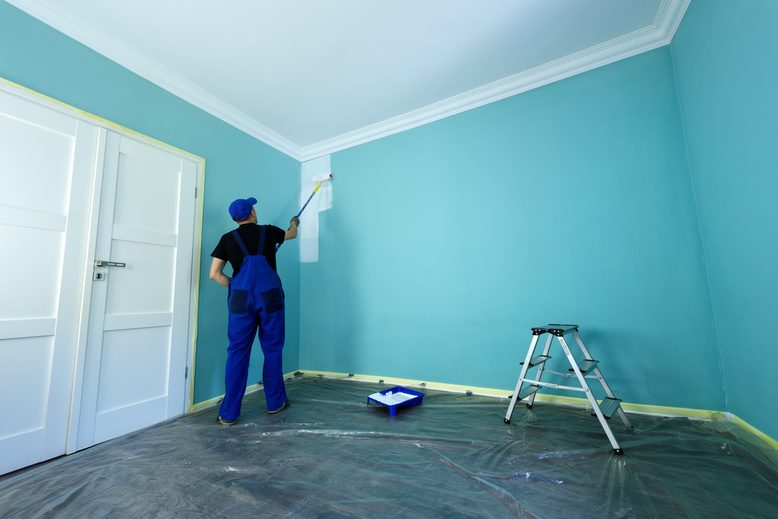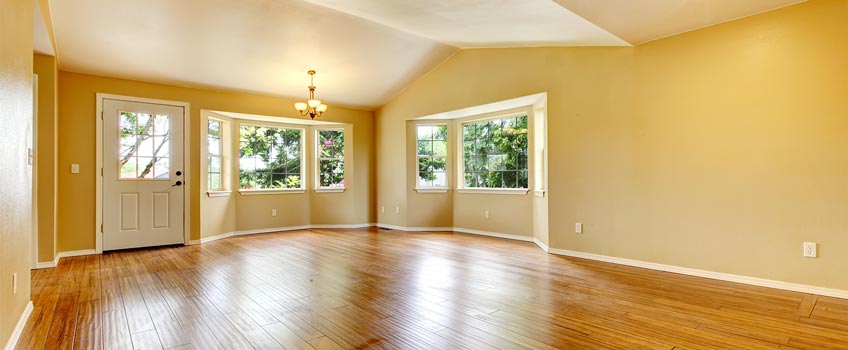Cleveland Metro Painting Specialists: Your Experts for Professional Painting Services
Enhance Your Interior Design With Comprehensive Shade Appointment
The integration of color appointment into interior design provides an one-of-a-kind opportunity to fine-tune and boost the visual and emotional vibration of a room. By engaging with an experienced color consultant, you can navigate the complexities of color selection, guaranteeing that your options not just enhance building attributes yet additionally reverberate with individual design and emotional influence.
Advantages of Shade Appointment

Additionally, shade consultation aids in optimizing all-natural light and optimizing spatial assumption. Lighter hues can make a room appear even more large, while darker shades create an intimate setup. Cleveland Metro Painting Specialists. This calculated application of shade can significantly influence the overall ambiance of any type of interior room
Additionally, professional consultants possess an extensive understanding of present patterns and ageless classics, making certain that the picked shades will certainly stay attractive gradually. This insight can save clients from costly redesigns in the future. Finally, shade appointment empowers customers by giving them with a clear vision and instructions, promoting confidence in their design choices and inevitably leading to a more satisfying and successful interior decoration result.
Understanding Shade Psychology
The importance of shade psychology in interior decoration can not be overemphasized, as it delves into the psychological and psychological results that various tones can evoke in people. Colors can affect mood, habits, and even performance, making them an essential consideration in any kind of style task.
For example, cozy colors such as red, orange, and yellow are commonly connected with power and heat. They can stimulate sensations of excitement and comfort, making them ideal for social spaces like living spaces or cooking areas. Alternatively, awesome colors like blue, environment-friendly, and purple tend to evoke calmness and tranquility, making them ideal for bed rooms or reflection locations.
Additionally, making use of neutral tones can develop a well balanced setting by allowing the bolder colors to stick out without frustrating the detects. Recognizing these psychological impacts enables designers to produce areas that not just look cosmetically pleasing but also promote emotional health.
Including shade psychology right into interior decoration involves a thoughtful selection of shades tailored to the designated function of each area, eventually improving the general experience for its passengers. This recognition is important for achieving a functional and harmonious indoor setting.
The Color Wheel Discussed
Comprehending the connections between shades is vital for efficient indoor style, and the shade wheel offers as a useful device in this process. The color wheel, established by Isaac Newton in the 17th century, shows the spectrum of colors arranged in a circular layout. It comprises primaries-- red, blue, and yellow-- that can not be produced by mixing various other shades. Additional colors, formed by combining primaries, consist of environment-friendly, orange, and purple. Tertiary shades result from mixing a primary and a second color, causing shades such as green and red-orange.
The color wheel aids designers comprehend the partnerships in between colors, including complementary, comparable, and triadic systems. Corresponding shades, positioned contrary each other on the wheel, produce lively contrasts that can energize an area. Analogous colors, located alongside each other, supply a natural and unified appearance. Triadic plans use three equally spaced colors, offering equilibrium and aesthetic interest.
Making use of the shade wheel in indoor design not only enhances visual appeal yet likewise evokes specific feelings and atmospheres, making it a crucial referral for shade examination. Recognizing these connections inevitably encourages developers to develop rooms that are both functional and visually exciting.
Picking the Right Combination
An appropriate color scheme can link their explanation a room, enhance its attributes, and evoke preferred emotions. Different spaces serve varied functions and require palettes that mirror their designated usage; for circumstances, tranquil shades such as soft blues or eco-friendlies work well in bedrooms, advertising relaxation.
Light can substantially change exactly how shades show up, so it is vital to evaluate the area at different times of the day. A harmonious palette should complement these features, creating a natural appearance throughout the area.
When picking shades, utilize the 60-30-10 regulation, which recommends that 60% of the area ought to be a dominant shade, 30% a second shade, and 10% an accent shade. This ratio makes certain equilibrium and aesthetic interest (Cleveland Metro Painting Specialists). Lastly, example colors on the wall surfaces before devoting, as this permits you to see exactly how the colors connect with one another and the overall ambiance they develop in your interior decoration task.
Dealing With a Shade Specialist

When collaborating with a color expert, the procedure typically begins with a preliminary examination. During Get More Info this meeting, you'll review your vision, preferences, and the existing components in your space. The consultant will certainly evaluate your demands and may suggest specific shade palettes that line up with your goals.
After developing an instructions, the expert will supply samples and aesthetic help to assist you envision the recommended color design. This action is crucial, as colors can show up in different ways under varying lights conditions.
In addition, a shade specialist can guide you in choosing complementary furnishings, artwork, and accessories to balance with your selected scheme. By collaborating carefully, you can accomplish a polished visual that boosts your interiors and creates a welcoming atmosphere. Inevitably, the proficiency of a color consultant can significantly improve the overall influence of your design task.
Conclusion
In recap, detailed color assessment serves as an important tool for improving interior decoration. By leveraging specialist knowledge of color psychology and spatial characteristics, a tailored color palette can be established to stimulate specific emotions and develop a harmonious environment. This strategic technique not just fosters a cohesive style try here story but additionally minimizes the threat of pricey redesigns. Ultimately, engaging with a color professional makes sure an educated and cosmetically pleasing end result, elevating the general experience of the space.
By engaging with an experienced shade professional, you can navigate the complexities of color option, making sure that your options not just complement building features yet also reverberate with individual style and emotional impact. It comprises main colors-- red, blue, and yellow-- that can not be created by blending various other shades.The color wheel assists designers realize the connections between shades, consisting of corresponding, comparable, and triadic plans.When choosing colors, make use of the 60-30-10 regulation, which suggests that 60% of the space must be a dominant shade, 30% a secondary color, and 10% an accent color. By leveraging professional understanding of color psychology and spatial dynamics, a tailored color combination can be created to stimulate specific feelings and produce a harmonious setting.